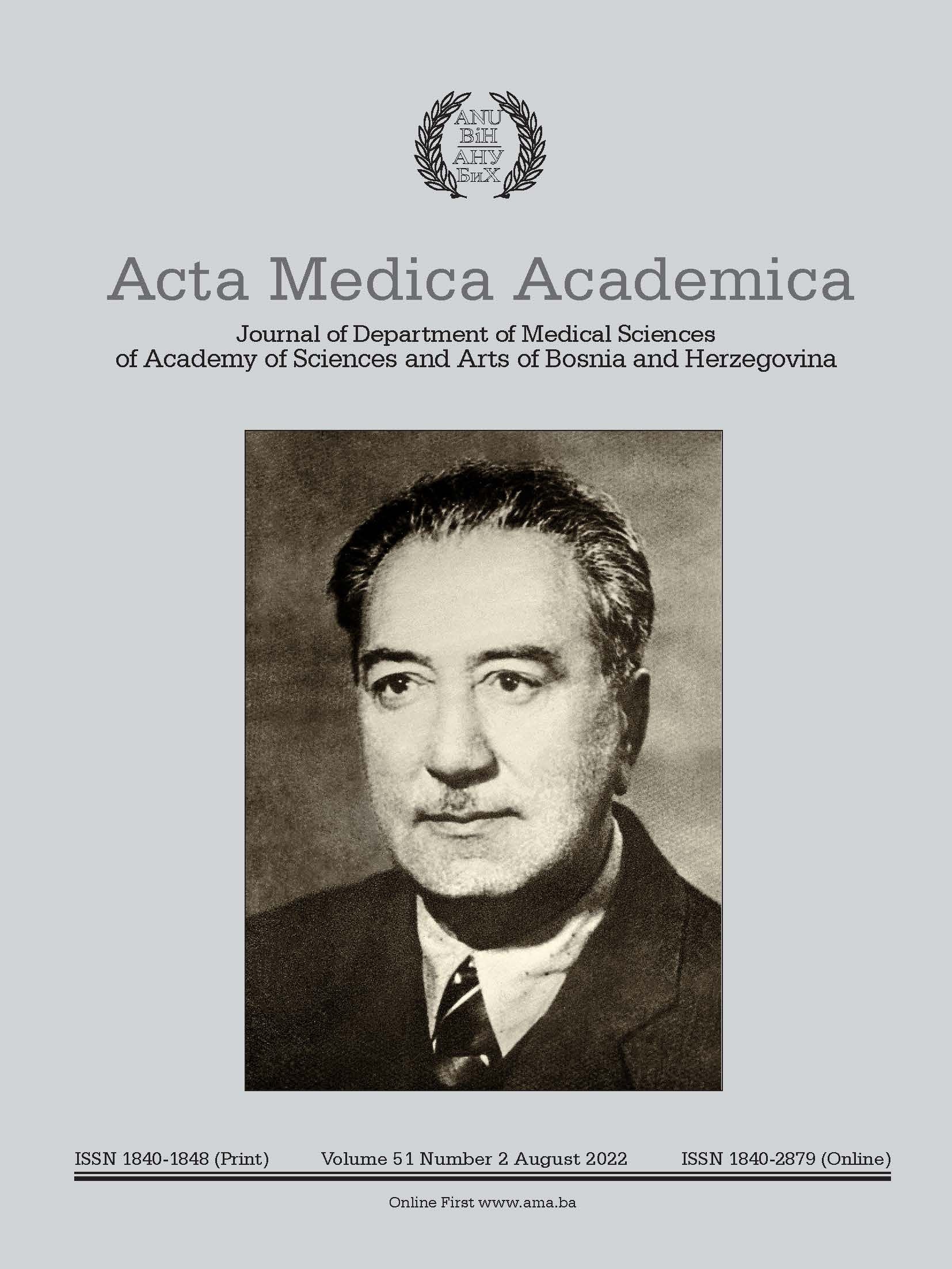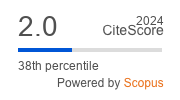On Measuring Vaccine Effectiveness with Observational Study Designs
DOI:
https://doi.org/10.5644/ama2006-124.383Keywords:
Vaccines, Research Design, Cohort Studies, Case-Control Studies, SARS-CoV-2Abstract
Herein, we present a bird’s eye view of common observational study designs utilized for measurement of vaccine effectiveness. Assessing vaccines effectiveness is an integral part of vaccine research, particularly for the newly developed vaccines. A cohort study is prospective, directing from an exposure to one or more outcomes. The design is the best method to ascertain the attack rate of an infectious disease. A traditional case-control study is retrospective, directing from a given outcome to one or more exposures. The design cannot provide the relative risk, but it can provide the odds ratio, which is a good estimation of the relative risk when the attack rate is low. Critically depending on laboratory test results and performance, the test-negative case-control study design is another type of observational study commonly used nowadays for the evaluation of the vaccine effectiveness. Comparing to cohort and traditional case-control designs, conducting a test-negative case-control study is relatively cheaper and faster. Herein, we describe each of the above-mentioned study designs through examples generated by a Monte-Carlo simulation program assuming real-world conditions.
Conclusion. The simulation shows that regardless of the study design employed, the diagnostic test specificity is of utmost importance in providing a valid estimate of the vaccine effectiveness.
Downloads
Published
Issue
Section
License
Copyright (c) 2022 Farrokh Habibzadeh, Parham Habibzadeh, Mahboobeh Yadollahie

This work is licensed under a Creative Commons Attribution-NonCommercial 4.0 International License.





